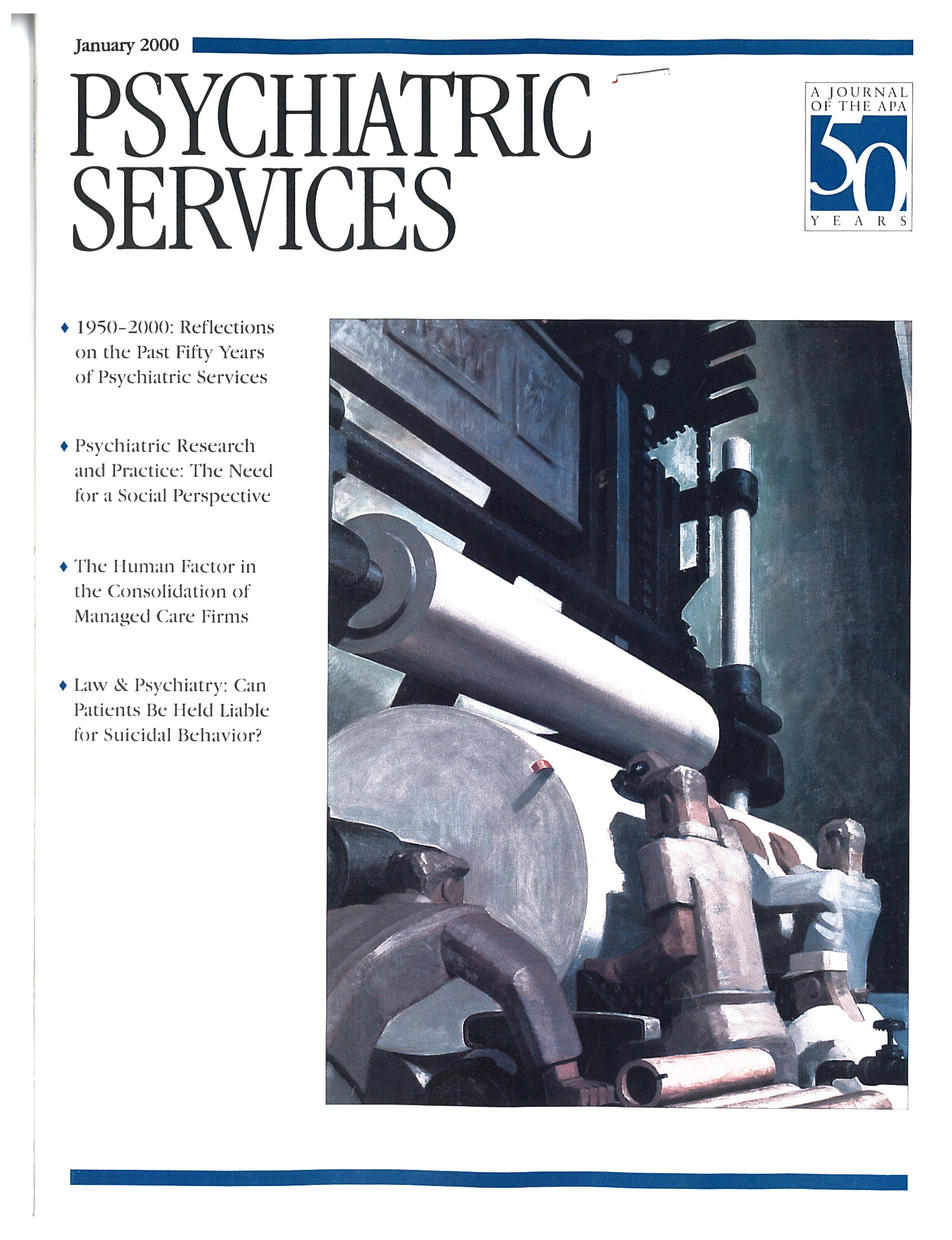Similarities and Differences in Homelessness in Amsterdam and New York City
Abstract
Differences and similarities in homelessness in Amsterdam and New York City were examined, particularly in regard to persons most at risk for homelessness—those with mental illness and with substance abuse problems. The Netherlands is a welfare state where rents are controlled by the national government and more than half of the housing is public housing. Virtually all homeless people in Amsterdam are unemployed and receive some sort of social security benefit. Direct comparisons of the results of American and Dutch studies on homelessness are impossible, mainly because the estimates are uncertain. Because of the Dutch welfare system, Amsterdam has a smaller proportion of homeless people than New York City, although more people are homeless in Amsterdam today than 15 years ago. Neither a lack of affordable housing or sufficient income nor unemployment has been a direct cause of the increase of homelessness. As in New York City, many of the homeless in Amsterdam are mentally ill or have substance use disorders. The increase in the number of homeless people in Amsterdam consists largely of mentally ill people who would have been admitted to a mental hospital 20 years ago and of older, long-term heroin abusers who can no longer live independently. Thus institutional factors such as fragmentation of services and lack of community programs for difficult-to-serve people are a likely explanation for the growing number of homeless people in Amsterdam.



